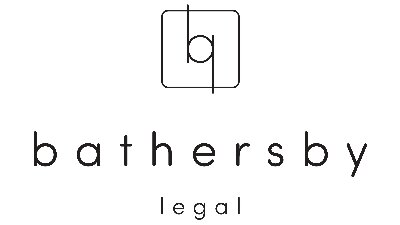Bankruptcy and the Family Home
For many people, their family home is their most significant asset. Individuals who are contemplating bankruptcy are often understandably worried about what will happen to their family home and the impact which bankruptcy might have on their children and spouse. In this article, we look at what can happen to the family home in the bankruptcy process.
The family home
The family home is not a protected asset under the Bankruptcy Act 1966 (Cth) (the Act). That means that when a person is declared bankrupt all their assets, including the family home, vest in or become controlled by the trustee in bankruptcy.
When a trustee is appointed, investigations will be undertaken to establish the value of the family home, the amount owed to mortgagees and the number of co-owners of the property.
The trustee has a duty to act for the benefit of creditors and will need to assess whether it is commercially viable to sell the house.
Joint assets
If the bankrupt person has 100% ownership of the family home, the property will vest in the trustee and the trustee has ownership and control of the property.
The situation is more complicated if the family home is owned by the bankrupt and his or her spouse as joint tenants. However, in those circumstances the trustee can still force the sale of the property. That is because the joint tenancy is “severed” and the bankrupt’s proportion of the property can be realised by the trustee to pay creditors.
If the other owner of the house is not bankrupt, that co-owner is generally provided an opportunity to buy the bankrupt estate’s interest in the property. A trustee is not obliged to accept an offer from a co-owner. If the co-owner and trustee cannot reach an agreement about the sale of the property, the trustee can ask the Court to appoint a “statutory trustee for sale” over the co-owner’s interest to force the sale of the property.
Equity in the family home
The trustee will undertake investigations to establish the equity in the family home, after secured debts such as mortgages are taken into account.
There is no requirement that the trustee sell the property as quickly as possible. If there is no equity in the home, the trustee has the option of waiting to see if the value of the property increases and sell at a later date. Section 129AA of the Act provides that a bankrupt’s property does not revert back to the bankrupt until the 6th year after they are discharged from bankruptcy. Accordingly, a bankrupt person cannot assume that once they are discharged from bankruptcy they are free to deal with their family home as they like. This can be very important in a rising property market.
If the family home is owned by the bankrupt and his or her spouse jointly, the money left over after the sale of the property and the mortgage has been paid out, will be split between the trustee and spouse in the same proportion as their ownership.
If a bankrupt spouse has taken out a loan secured by a mortgage against the family home which is only for the bankrupt’s benefit, then it may be possible for the loan to come off the bankrupt’s share of the property. This is known as the doctrine of exoneration.
Rights of the mortgagee
Bankruptcy may constitute a default in the terms of the mortgage and the mortgagee would have the right to sell the bankrupt’s home. However, in practice the mortgagee usually allows the trustee to deal with the family home.
Houses transferred before bankruptcy
A trustee can investigate assets which have been transferred or sold before the commencement of the bankruptcy. If the property was transferred or sold for less than its market value, a trustee can seek to reverse the transaction and sell the house for a fair market price.
Conclusion
A bankrupt’s home is not a protected asset in the bankruptcy process. If you are concerned that your family home is at risk of claims from creditors, we recommend that you seek legal advice as there may be steps which can be taken to prevent the enforced sale of the property.
